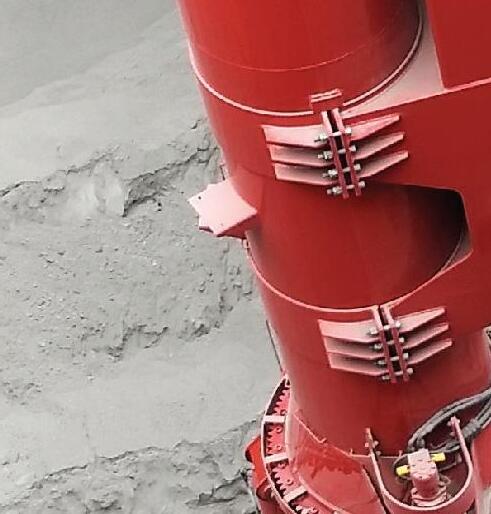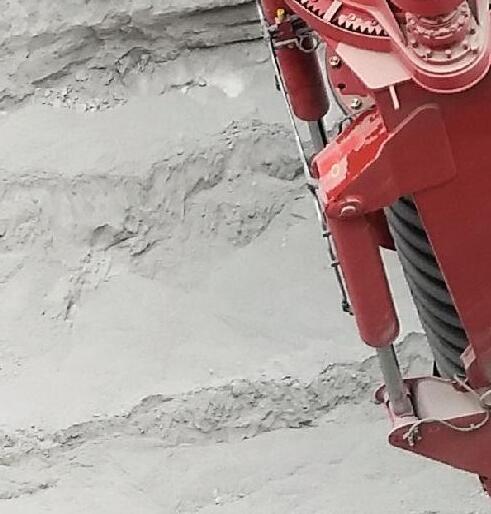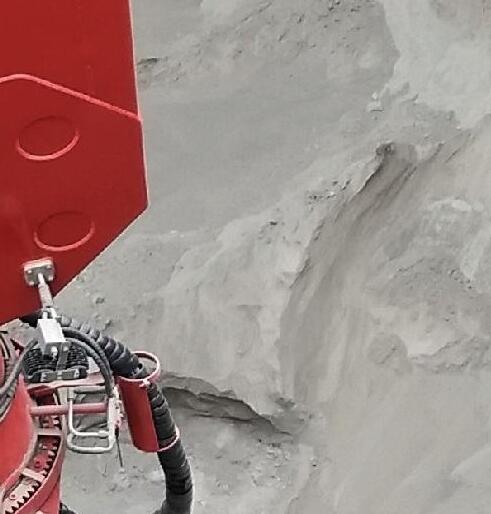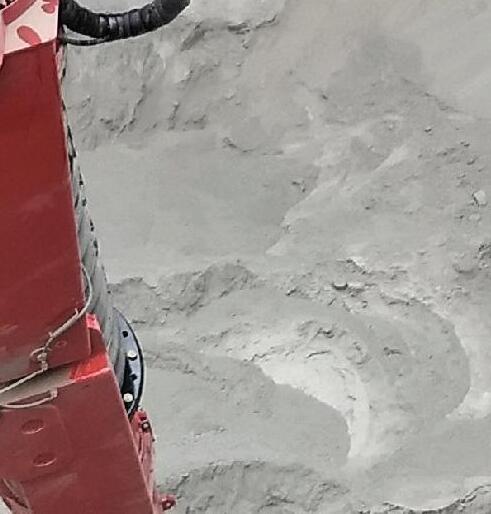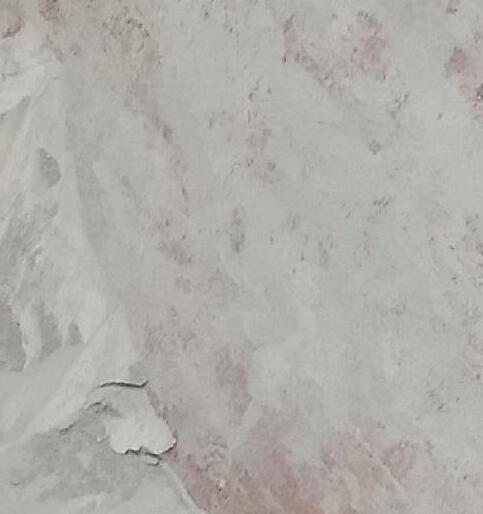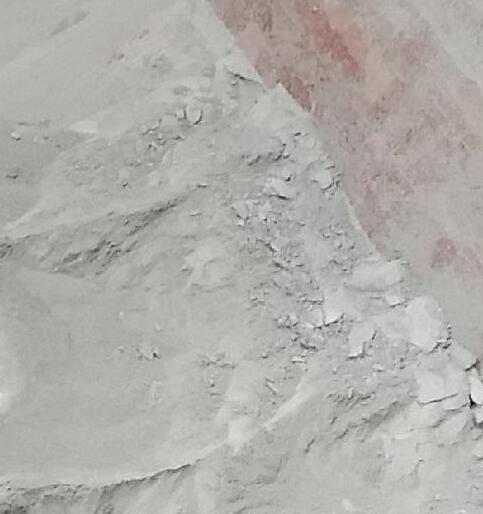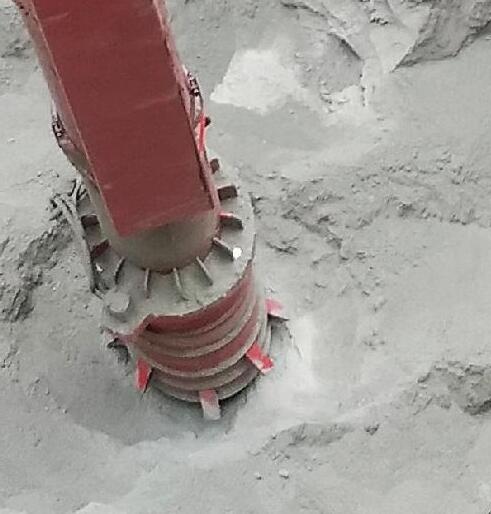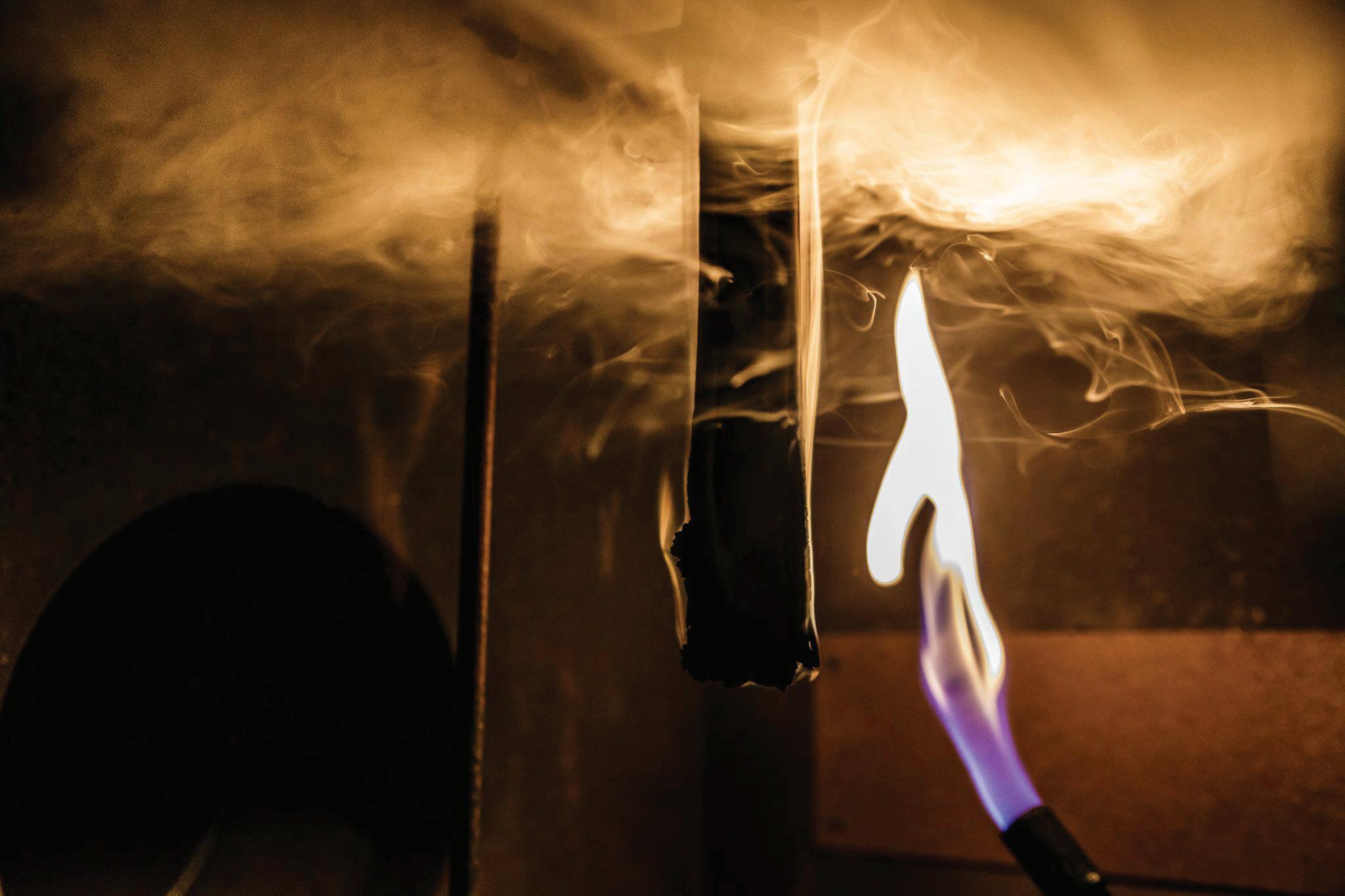
5 minute read
*EN/ISO 340 testing
*EN/ISO 340 tests involve exposing six individual samples of belt to a naked flame causing them to burn. The source of the flame is then removed and the combustion time (duration of flame) of the test piece is recorded. A current of air is then applied to the test piece for a specified time after the removal of the flame. The flame should not re-ignite.
The time it takes for the belt sample to self-extinguish after the flame has been removed is then measured. The duration of continued burning (visible flame) should be less than 15 seconds for each sample with a maximum cumulative duration of 45 seconds for each group of six tests. This means that the average allowable time per sample is 7.5 seconds. This factor is of paramount importance because it determines the distance that the fire can be effectively carried by a moving belt.
Even if a manufacturer states that its belt has passed the ISO 340 test, caution should still be exercised. A typical conveyor belt can easily travel more than 40 metres within the 15 seconds that is allowable for a belt sample to pass the test, which is a potentially very dangerous distance. For this reason, Fenner Dunlop in the Netherlands applies an average maximum time limit of only one second, which is more than six times faster than the required standard and decidedly safer as a consequence.
All belts should at least be EN 12882 Category 1 (anti-static conforming to EN ISO 284 international standards) requirements for general purpose conveyors used above ground. These standards make the distinction between fire resistance with covers, which is Class 2A (or K grade) and fire resistance with and without covers, which is Class 2B (or S grade). The relevance of “with and without covers” is primarily because the rubber skim layers between the synthetic plies protect what is essentially the most flammable part in the construction and which can actually be the path for flames to propagate. The rubber skim material therefore needs to be as equally fire resistant as the outer covers. Worryingly, manufacturers who want to minimize costs to achieve a more competitive price often use rubber skims that have insufficient resistance to fire.
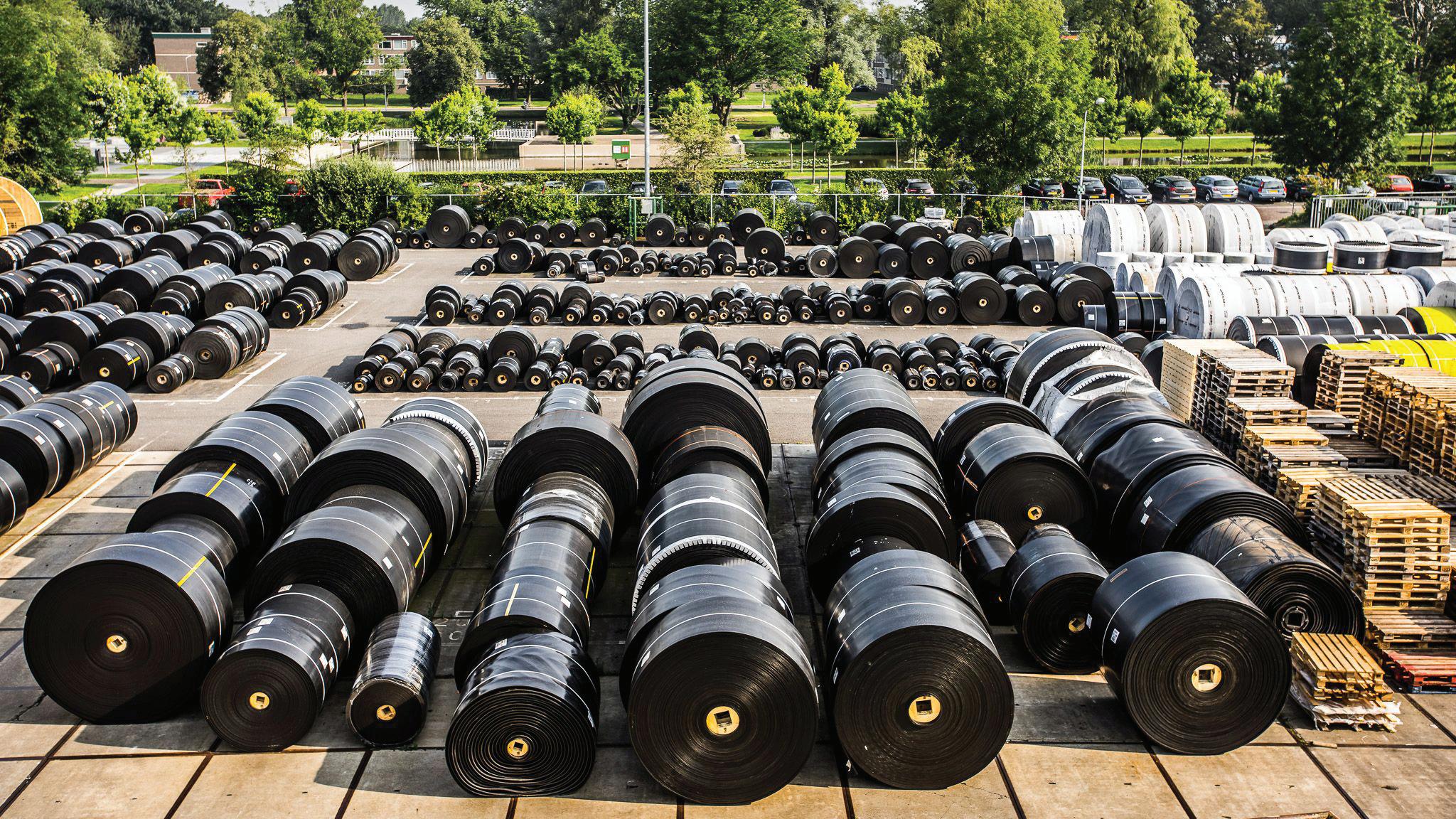
For the majority of bulk material handling ‘open air’ applications, EN 12882 Class 2A (K grade) or Class 2B (S grade) levels of fire resistance would be perfectly adequate. The best way to decide between Class 2A and Class 2B is to consider the material being carried. For moderately abrasive materials such as grain, then Class 2A is usually suitable. However, if the material is more abrasive and tends to wear the top cover more rapidly then the safest option is to choose Class 2B.
Handling Biomass
A higher level of fire resistance for conveyors handling biomass is necessary. One of the biggest dangers is dust emission. In the production process of biomass wood pellets, wood chip and similar renewable resources, the materials
Class 2A is usually perfectly adequate for are continually broken down. This results in high levels of combustible dust that can be easily ignited by static electricity. Biomass dust can also be highly prone to selfignition, especially if it becomes damp. A chemical reaction can take place that causes self-heating and what is referred to as “off-gassing” (carbon dioxide, carbon monoxide and methane emissions).
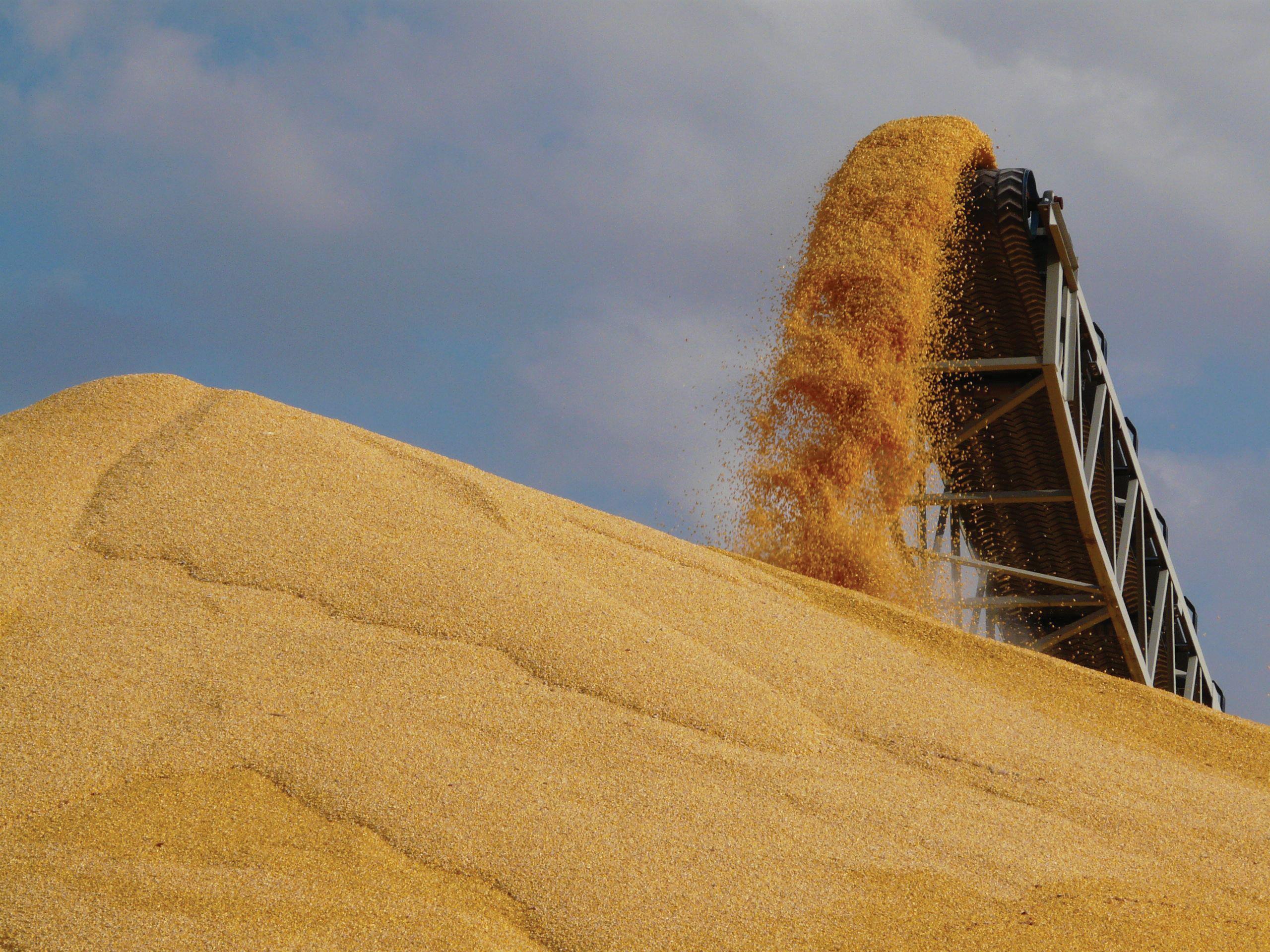
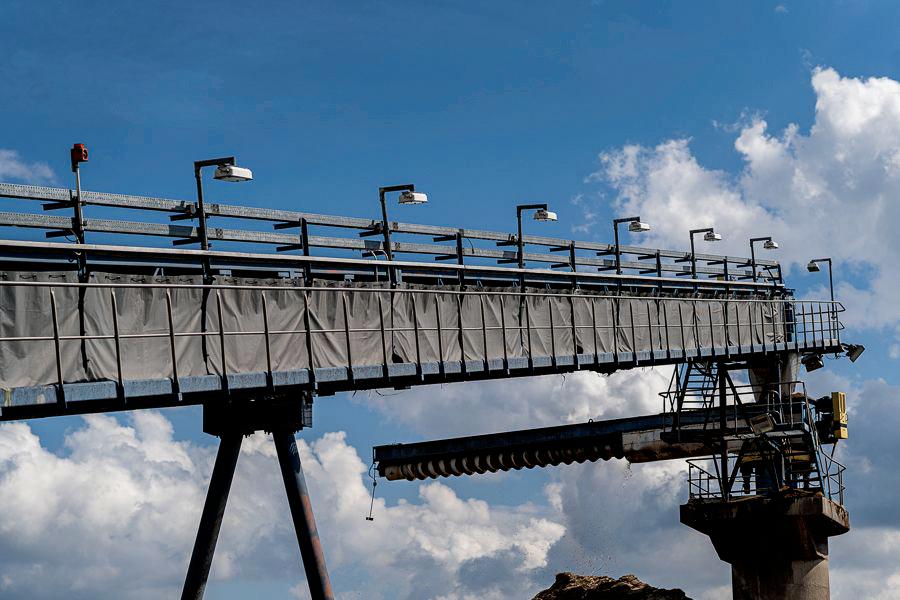
Because of the increased risk of selfignition, the use of covered conveyors is becoming increasingly commonplace. In enclosed environments the risk of human life is heightened because burning rubber and other synthetic materials such as polyester and nylon release thick toxic smoke that contains cyanide, carbon monoxide, sulphur dioxide, and products of butadiene and styrene. For this reason, EN 12882 Class 4A is usually the best choice for conveyors operating in closed or covered conditions because it involves a more severe fire test according to EN12881-1 method A, C or D in addition to EN/ISO 340 testing.
Rubber compounds that have a combined resistance to both fire and oil are available for materials that contain oil. This is an important consideration when deciding on the correct type of fireresistant belt so it is important to be very specific when requesting quotations from manufacturers and suppliers. If you are still unsure of what grade of belting you need then do not hesitate to seek expert advice. The chemical ingredients used to create fire-resistant rubber generally have an adverse effect on its wear resistant properties. Consequently, fire resistant belts tend to wear faster and as the thickness of the rubber reduces so does the level of protection given to the inflammable carcass. To provide an adequate wear life I would expect an abrasion figure no higher than 160 mm³.
Choosing The Right Supplier
Deciding on the correct grade of fireresistant belt is much easier than deciding who should supply that belt. Always select a supplier that will readily provide a high standard of professional technical support and who has a good reputation for quality. Most importantly of all, always select belts based on their safety and longevity (whole life cost) rather than for short-term ‘economic’ or budgetary motives. Experience shows, without doubt, that the price of the belt will invariably be reflected in its overall quality and its ability to selfextinguish fire in good time.
If you intend to buy from a service provider then beware of those who appear to offer very competitively priced components because they are not necessarily providing the best value for your money or the best safety. Supplying low-price components such as rollers and conveyor belts presents them with a winwin situation because they enjoy much bigger profit margins with the added benefit of more frequent repairs and replacements.
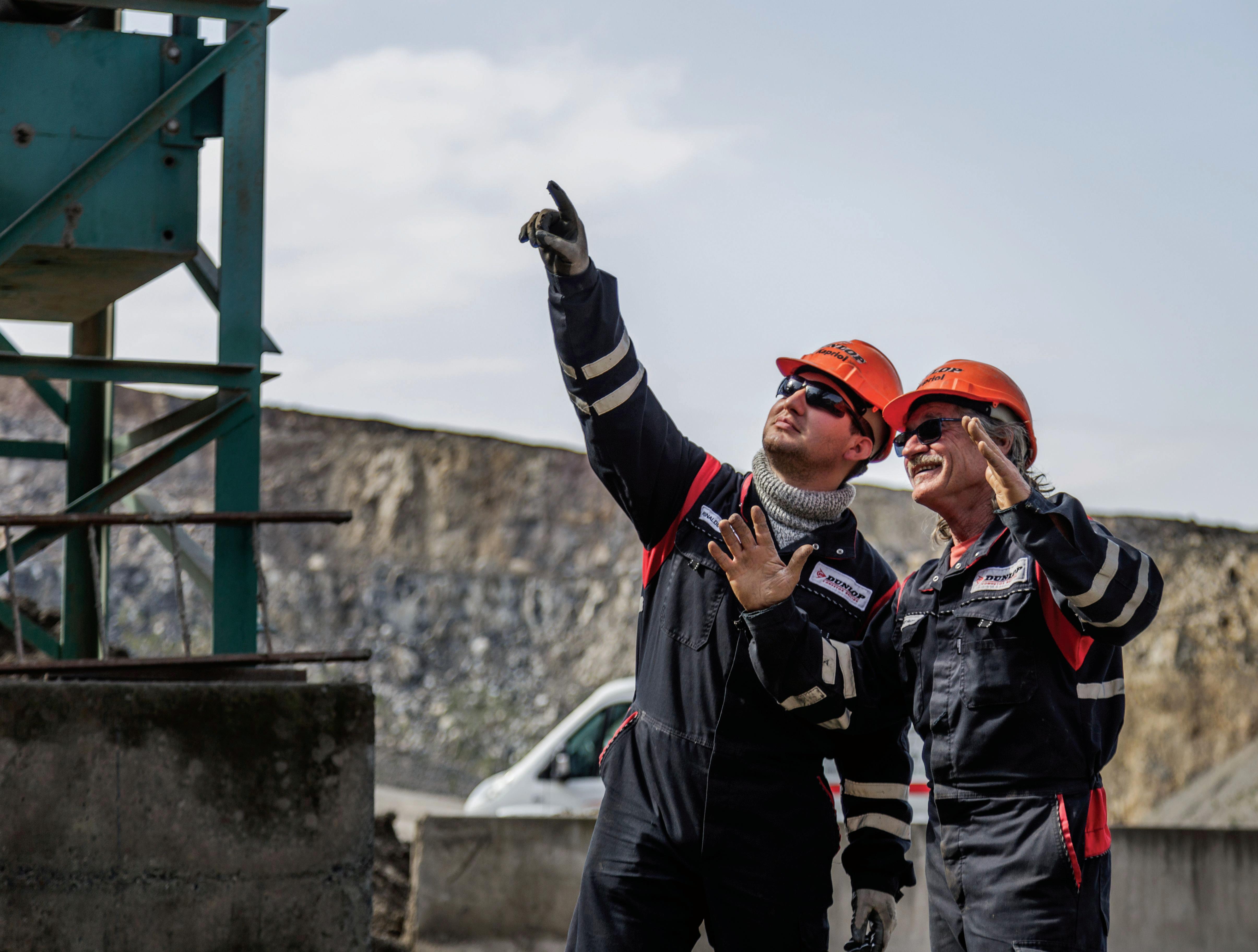
The biggest source of low-price, lowgrade belting is the Far East, primarily China. Their low prices may be very tempting, but it is important to understand how those prices are achieved. It has very little to do with labour costs because they account for as little as 5% of the production cost. The true reason for the difference in price is that raw materials, including the expensive chemicals needed to create rubber that has a good standard of resistance to fire, ozone & ultraviolet, oil and wear, represent up to 70% of the cost of producing a conveyor belt. Consequently, the only way to manufacture a low-price belt is to use low-price (low grade), raw materials. There simply is no other way. This is why laboratory testing shows that some belts that are claimed to be fire-resistant burn like paper and up to 90% of all belts sold in Europe are not resistant to the damaging effects of groundlevel ozone and ultraviolet light.
Of equal concern is that manufacturers located outside of the Europe are not subject to REACH (Registration, Evaluation and Authorization of Chemical substances) and POPs (Persistent Organic Pollutants)
Manufacturers located outside Europe are not subject to same high standards of environmental and human safety regulation. Do regulations. This provides them with an open door because they are free to use unregulated chemicals, which cost much less compared to their regulated counterparts, even though they may be entirely prohibited or at least have strict usage limitations within Europe.
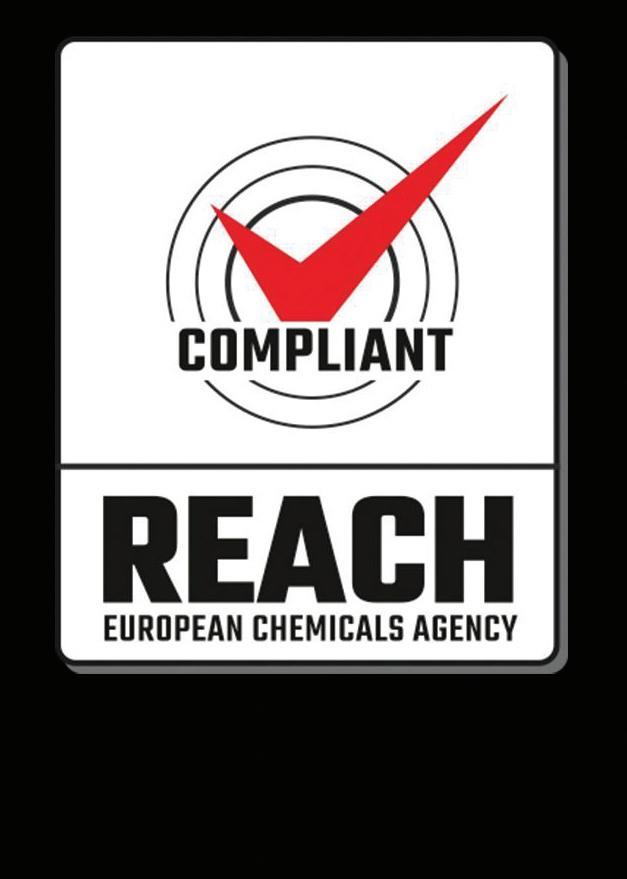
Provenance And Accountability
For the very good reasons just mentioned, ensure that you are totally confident of provenance (manufacturer’s origin) by asking for certified confirmation of the actual place of manufacture. This is important because, with the exception of Fenner Dunlop in The Netherlands and North America, nearly all manufacturers supplement their production with imported belting. Finally, always choose a supplier that can be held accountable and who would be easy to communicate with in the event of a problem.
About The Author
Rob van Oijen has specialized in conveyors for over 17 years, supporting businesses throughout Europe, Africa, the Middle East and South America and is widely regarded as being one of the most respected application engineers in the conveyor belt industry.

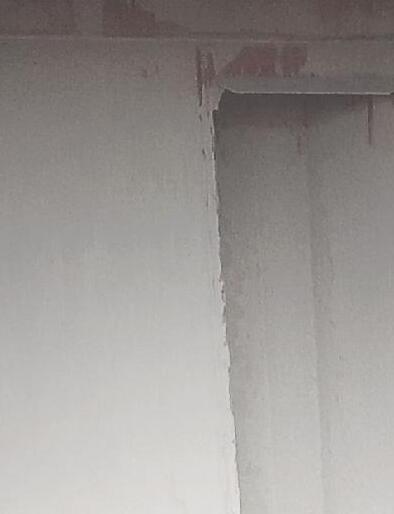
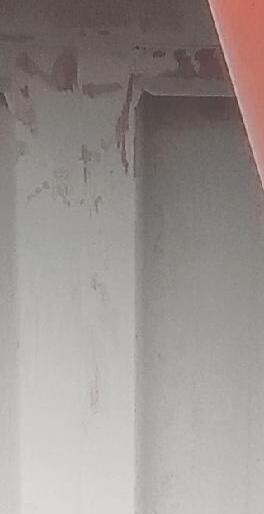




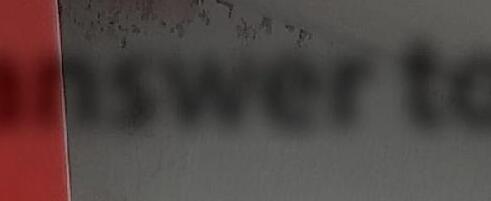

hip unloaders S
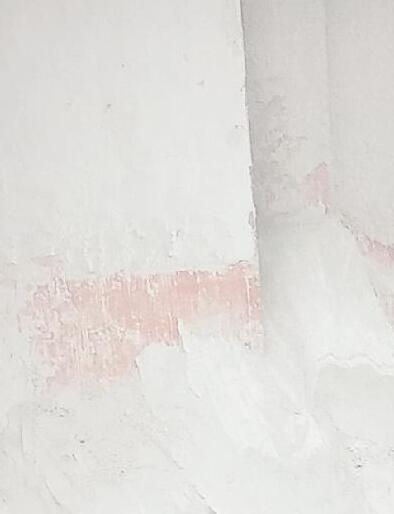



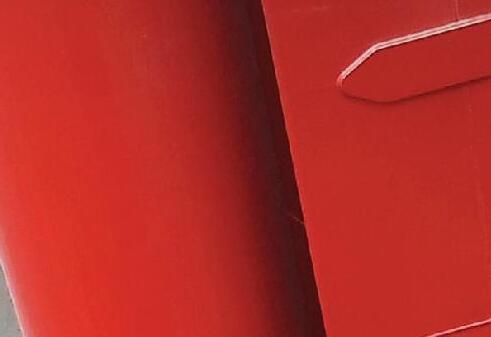
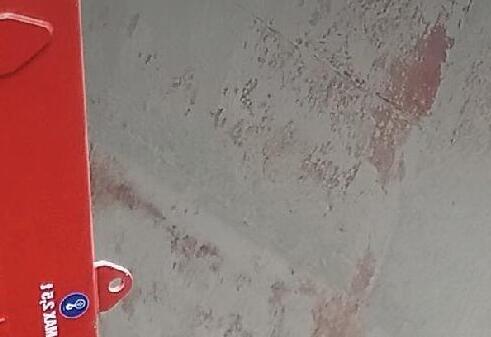

Road mobile ship unloaders ecla age & r Stor


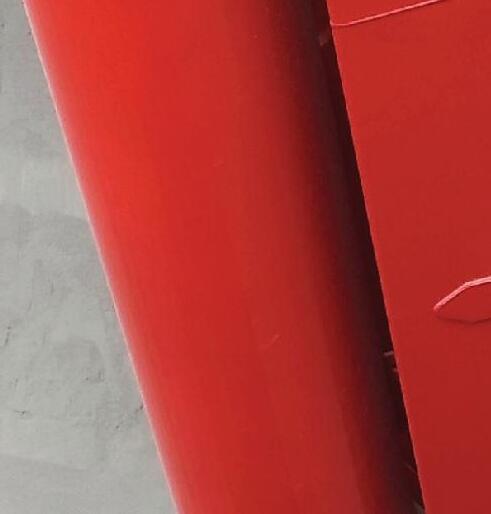
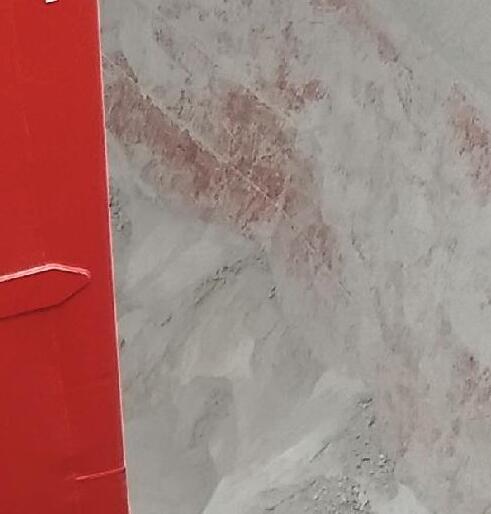


Conveyunits im uck loading Tr y units hip loaders S






